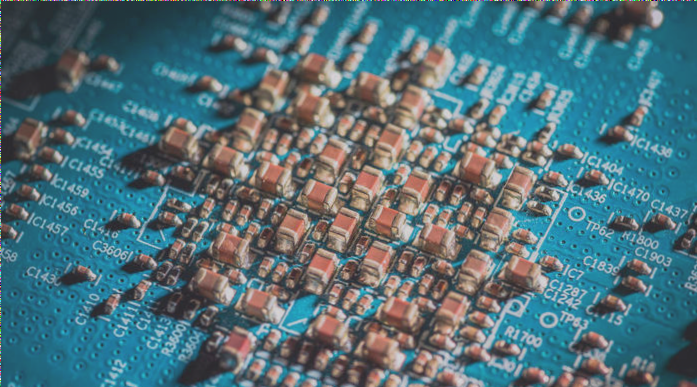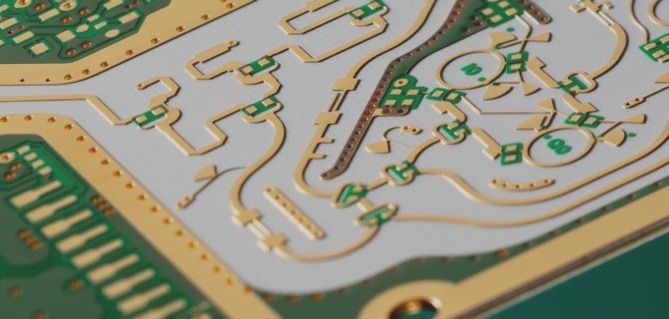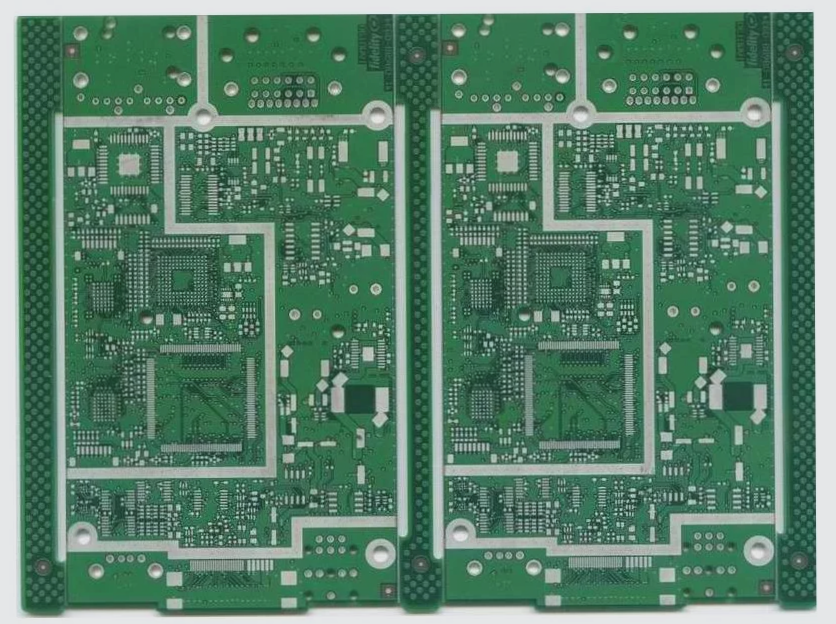Ground Bounce in High-Speed Circuit PCB Boards
The concept of ground bounce in high-speed circuit PCB boards is crucial to understand for efficient signal transmission. Ground bounce refers to the voltage difference between two points on the return path, caused by rapidly changing currents within the loop.
Key Points:
- When current flows through a loop, magnetic fields are generated, leading to self-inductance and mutual inductance.
- Ground bounce primarily affects the receiving end, resulting in noise superimposed on the received signal.
- Reducing ground bounce voltage involves minimizing loop current variations and return path inductance.
Methods to Reduce Ground Bounce Voltage:
- Minimize loop current variations by reducing edge transition rates and limiting shared signal paths.
- Minimize return path inductance by widening and dispersing the return path and increasing mutual inductance.
Specific Measures to Address Ground Bounce:
- Utilize multilayer boards for power supply and ground reference planes.
- Choose components with lower switching speeds when possible.
- Consider adding ground and power supply pins during packaging.
- Implement the check-point input method and avoid sockets and winding boards.
- Place decoupling capacitors close to the component’s ground pin.
Ground bounce is a critical noise issue in PCB design, especially with increasing signal edge rates and voltage switching. Addressing ground bounce effectively is essential for optimal circuit performance.




